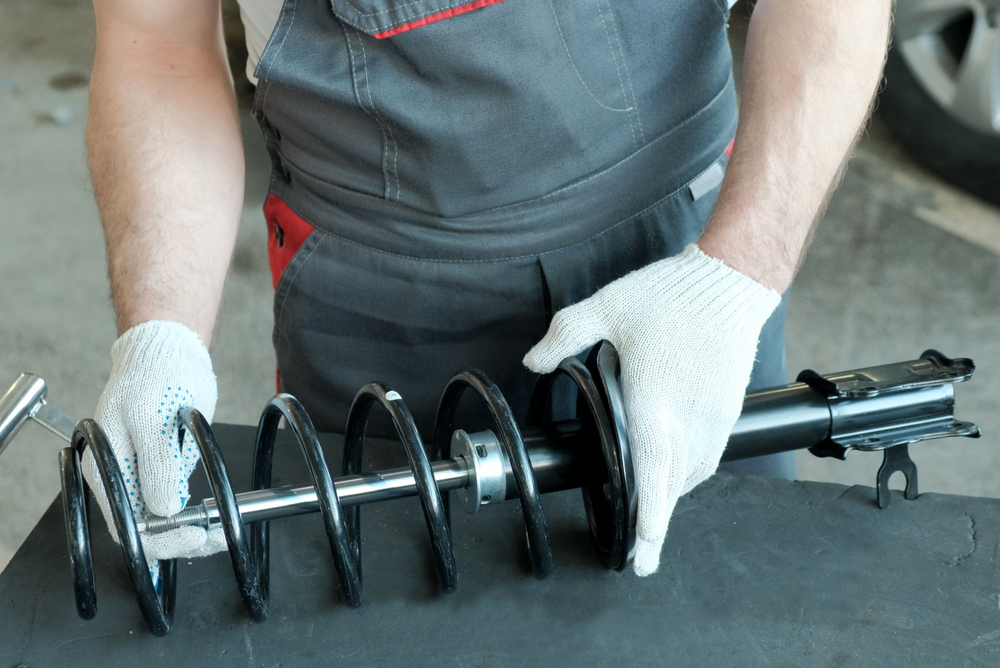Your cambelt, also known as a timing belt, plays a crucial role in the proper function of your vehicle’s engine. However, knowing what a cambelt is and when it needs to be changed is important. In this blog post, we’ll explain the importance of timely cambelt replacement, why it’s so important to have it regularly checked, and the signs for cambelt replacement.
What Is a Cambelt and How Does It Work
Your vehicle’s engine is made up of many pieces of metal that move about several thousand times a minute. One of those components is the cambelt. It’s a component that synchronizes the rotation of the crankshaft and the camshaft, ensuring that the engine’s valves open and close at the right times.
Why Replace Your Cambelt
Regular cambelt replacement is essential for the smooth operation and longevity of your vehicle’s engine. As the cambelt ages, it can become cracked and cause the belt to fail without warning. In some cases, when the engine is idle, a rattling noise can be heard coming from the timing belt area. By adhering to your car maintenance schedule and replacing your cambelt at the recommended intervals, you can prevent costly engine repairs.
Related: learn more about how to effectively budget for car maintenance here.
When to Replace Your Cambelt
Determining when to replace your cambelt depends on several factors, including your vehicle’s mileage, age, and the manufacturer’s recommendations. Most manufacturers recommend replacing the cambelt between 60,000 to 100,000 miles or every 5 to 7 years – whichever comes first. Additionally, if you notice any signs of wear within the engine, get an engine diagnostic. There might be other components that need care.
Related: Learn more about when you should get an engine diagnostic here.
Signs It’s Time to Replace Your Cambelt
There are several warning signs indicating that it’s time to replace your cambelt. Oil leaking from the front side, check engine light is on, or the engine is misfiring while driving, may signal a worn-out cambelt that needs immediate attention. Regular inspections and maintenance checks can help identify these issues early on and prevent potential engine damage caused by a worn or broken cambelt.
Conclusion
Our expert ASE-certified technicians at H.W. Automotive Inc will examine your vehicle, identify any damage to your belt, and replace it with quality service at an affordable price. Contact us at (405) 702-4098 or visit our website at hwautomotiveok.com to learn more about our services and schedule an appointment. We can also create a routine maintenance schedule that is tailored to your budget and vehicle needs!



















